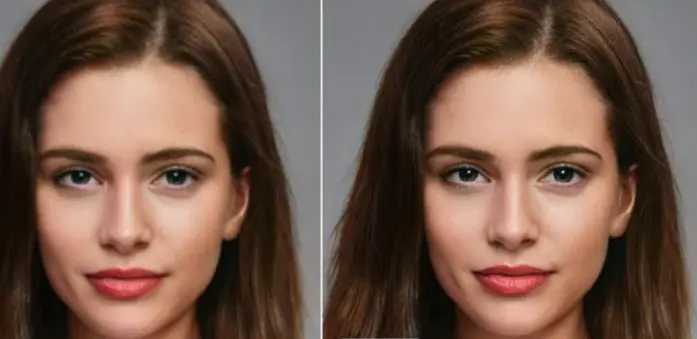These days, when so much content is online, viewers expect content that visually impresses and touches them emotionally. All sorts of people, including content creators, marketers, educators and influencers, need to innovate to succeed. Artificial intelligence is helping to provide that innovation. Thanks to AI, the way we handle digital content creating, editing and sharing videos and photos changes all the time.
One of the most amazing new developments here is Talking Photo, which can make high-quality media without demanding technical experience.
AI is Changing Content Creation
In the past, animating videos or interactive content required high-cost tools and a group of specialists. However, today’s AI-driven platforms reduce a lot of the work involved with creative editing, saving you time and money while opening up exciting new artistic ideas.
Because of their easy-to-use interfaces and strong engines, current AI applications can perform facial animation, match actors’ speech with their images, change the style of shots and create backgrounds. This makes them accessible to hobbyists as well as experienced professional content studios.
What Makes a Photo a Talking Photo?
Users of the Talking Photo app can make a static photo appear like the subject is having a conversation. AI-based technologies recognize faces and movements and show speech and expressions in a still picture.
What Is the Process?
It’s helpful to use a clear headshot for your account profile.
You can record or add narration to the presentation, and sometimes you can choose text-to-speech.
Artificial intelligence makes the lips, eyes and muscles on the model move in synchronization with what is being said.
You get a realistic video with a photo of the person who seems to be talking. It’s applied in education to imagine the past (through characters or speakers), sales to make virtual messages from top ambassadors and entertainment to create enjoyable virtual moments.
Looking into Image-to-Video AI
Although Talking Photo deals mainly with facial expressions, Image to Video AI can do much more and turn 2D images into short videos, simulating camera movement, including elements from the environment and laying out transitions and words are included as well.
What is included in Image to Video AI?
You can add moving zooms, pans and rotations to still images using photo animation.
Extend your storytelling by creating incidents and transitions with help from AI.
Background music is automatically selected to follow the motion in your video.
Old photos can be used, marketing videos can be generated, and simple stills can form compelling stories using Image to Video AI.
Use Cases Across Industries
Image-to-Video AI technology is being used in various areas, as is Talking Photo technology.
Static imagery can be used in ads, turning ambassadors or testimonials into animated figures and saving you time and effort.
Schools and online teaching services can give engaging history or science presentations thanks to animated historical figures.
Users can quickly assemble both entertaining social media posts and creative story videos with a few main visuals.
Real estate and retail industries can take their pictures, update them and share them as slide shows or videos.
Advantages of Using AI for Visual Content
Saving Money: Having visuals made by yourself replaces the need for a professional.
Makes Video Creation Easy: Create professional videos almost instantly with Kinemaster.
Anyone can use it since it doesn’t require complex computer programs.
It is good for generating large amounts of content or tailoring it for many needs.
Final Thoughts
Digital content in the future will be smart, engaging and interactive, and AI is driving these changes. Now, anyone can easily create independent content that stands out and tells an engaging tale with Talking Photo and Image to Video AI.
If you have videos, images or texts, whether for school, business or enjoyment, AI tools for creativity play a key role in content planning nowadays.

